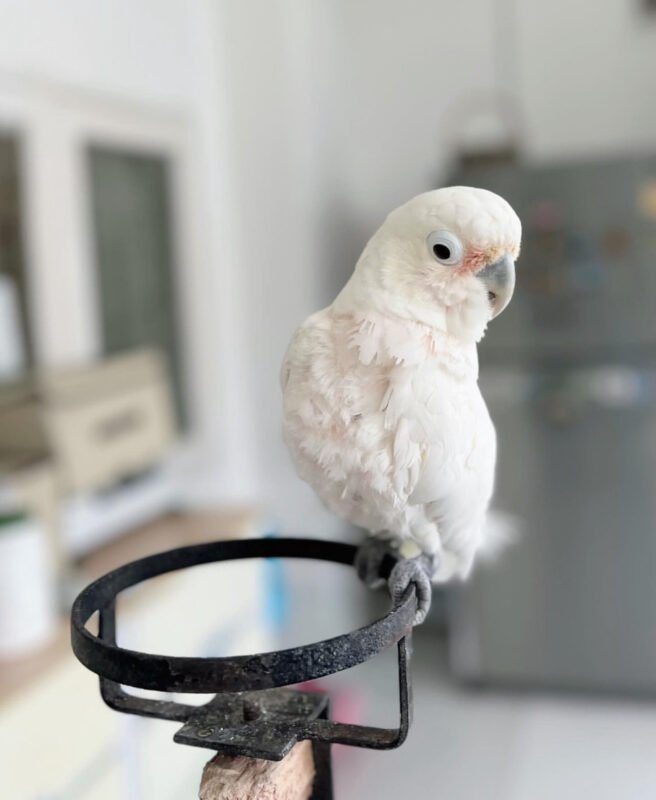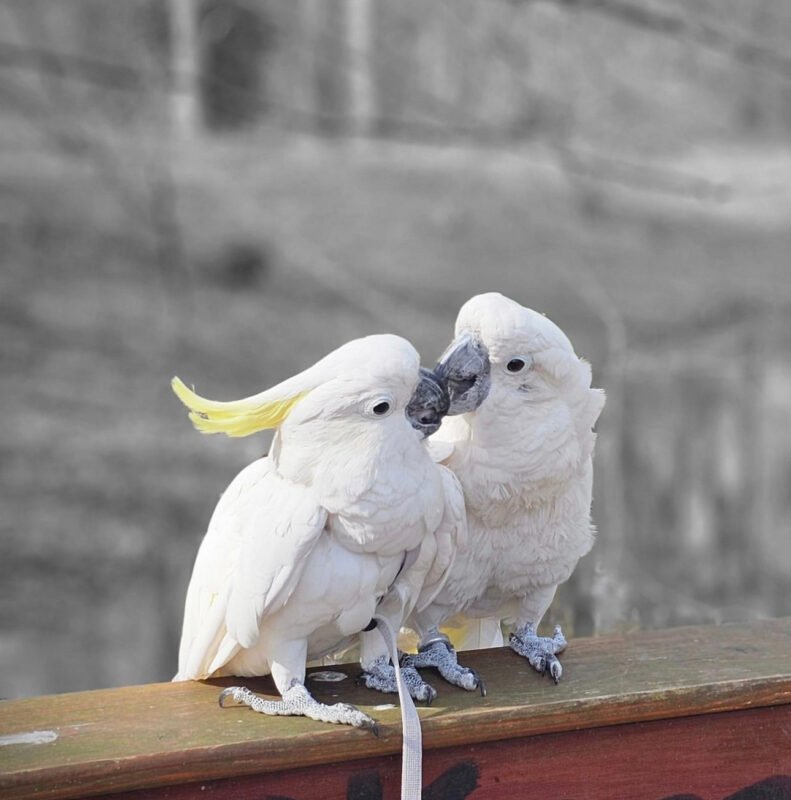Blog
Exploring the Melodic World of Cockatoo Vocalizations: Decoding the Meaning Behind Their Chirps and Calls
Cockatoos are not only known for their stunning appearance and playful personalities, but also for their wide range of vocalizations that serve as a unique form of communication. Let’s delve into the fascinating world of cockatoo vocalizations, exploring the different sounds they make and unraveling the meanings behind their chirps, squawks, and calls.
1. The Variety of Vocalizations: Cockatoos are extremely vocal birds, capable of producing an array of sounds. From high-pitched screeches to soft whistles, each sound carries its own significance in the cockatoo world.
2. The Morning Greeting: One of the most common vocalizations of cockatoos is their morning greeting. This melodic and often loud call serves as a way for cockatoos to communicate with their flock members and establish their presence in the environment.
3. The Alarm Call: When cockatoos sense danger or feel threatened, they emit a distinct alarm call that is sharp and attention-grabbing. This vocalization alerts other members of the flock to potential dangers and prompts a collective response to ensure safety.
4. The Contentment Coos: Cockatoos also produce soft, soothing coos and purrs when they are feeling content and relaxed. These gentle vocalizations signify a sense of comfort and well-being, often heard during moments of rest or social bonding.
5. The Playful Chatter: During moments of play and social interaction, cockatoos engage in a playful chatter characterized by quick, light-hearted sounds. This form of communication fosters bonds within the flock and enhances the overall social dynamics of these intelligent birds.
6. The Mimicry Magic: In addition to their natural vocalizations, cockatoos are known for their impressive ability to mimic human speech and environmental sounds. This mimicry adds an element of fun and surprise to their vocal repertoire, showcasing their cognitive prowess and adaptability.
7. Interpreting Cockatoo Vocalizations: Understanding the meanings behind cockatoo vocalizations requires attentive observation and a deep appreciation for their intricate communication system. By paying close attention to the context, tone, and frequency of their sounds, we can gain valuable insights into the emotional state and intentions of these expressive birds.


In conclusion, the vocalizations of cockatoos serve as a rich tapestry of communication that plays a vital role in their social interactions and bonding within the flock. From their playful chatter to their impressive mimicry abilities, cockatoos showcase a remarkable range of vocal expressions that highlight their intelligence and adaptability.
By delving deeper into the meanings behind cockatoo vocalizations and interpreting the context, tone, and frequency of their sounds, we not only gain insights into their emotional state and intentions but also develop a deeper connection with these expressive birds.
Next time you encounter a group of cockatoos engaging in their playful chatter or mimicking sounds from their environment, take a moment to appreciate the intricate communication system that contributes to the unique charm of these intelligent creatures.

